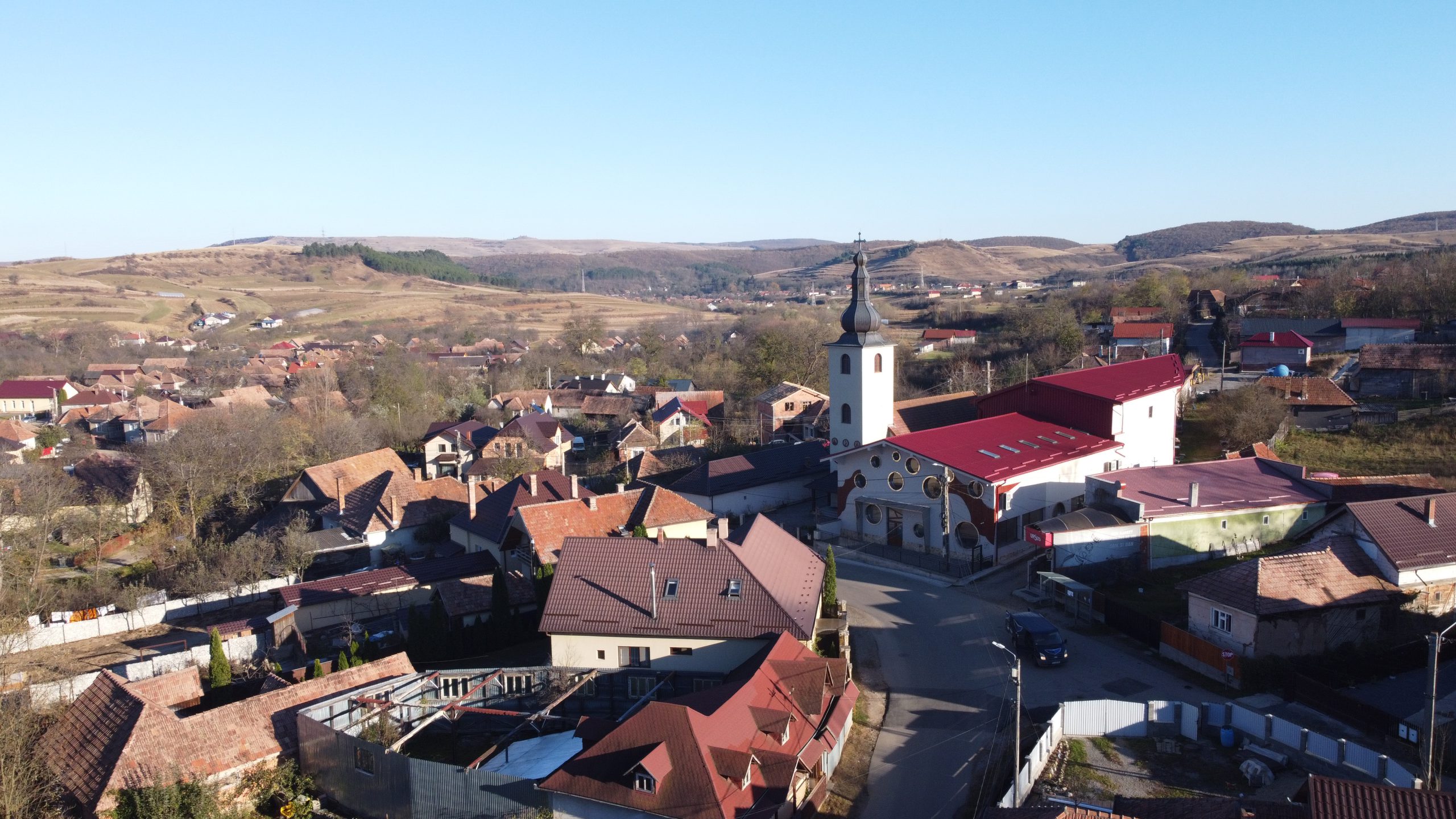Finișel
Finișel
Finișel is a village in the municipality of Săvădisla, mostly inhabited by Romanians. It is situated in the valley of the Fenes stream, which comes from the Gilău Mountains, at the foot of the mountains, and takes its name from the stream. The word ‘fenes’ is derived by linguists from the Hungarian verb „fen”, meaning water in which there is a stone suitable for fencing or sharpening. Since three settlements were named after the stream (Szászfenes – Florești, Magyarfenes – Vlaha, Kisfenes – Finișel), they were distinguished from each other by prefixes.
The first written record of the village dates back to 1440, when it is mentioned in documents as Pwsthafenes, then Kysfenes. The Romanian name of the municipality Fenyesel appears in 1750, then at the end of the 19th century it was used as Feneșel, then Feneşăl, and from 1925 it took the present name Finișel.
In the Middle Ages, it belonged to the Léta fortress manor together with Săvădisla, Hășdate, Liteni, Lita and Vălișoara.
In 1733, the Greek Catholic Bishop Ioan Inocețiu Micu-Klein described the community of Finișel as Greek Catholic. At that time there were 48 families, about 200 people living in the village. In 1762, however, the majority of the inhabitants of Finișel returned to the Orthodox religion. In the 1869 census, the village had 751 inhabitants, all of them Orthodox. By 1900, it had 950 inhabitants, 845 Orthodox and 105 Greek-Catholic. At that time, the village had only 32 literate inhabitants. The population was largely dependent on agriculture.
Finișel had 948 (922 Romanians, 25 Romani) inhabitants in 1977, 849 (825 Romanians, 22 Romani) in 1992, 828 (778 Romanians, 49 Romani) in 2002, 825 (734 Romanians, 10 Hungarians, 27 Romani) in 2011, and 825 (734 Romanians, 10 Hungarians, 57 Romani) in 2021.
In 2021, 705 of its inhabitants were Orthodox, 68 Pentecostal, 8 Reformed and 6 Jehovah’s Witnesses.
The old wooden church of the settlement is believed to have been built in 1758. This is indicated by the inscription on the back of the iconostasis, which also bears the name of the first painter of the church, Master Petru. The wall paintings that can be seen in the church today were made in 1807 by masters Dumitru Ispas and Ursu. The church was rebuilt in 2016, and the bell tower next to it in 2017. The new Orthodox church in the village was consecrated in May 2019, 20 years after the foundation stone was laid. The village also has a Pentecostal prayer house.
Finișel has a Romanian-language kindergarten and primary school. The village is connected to the national gas network, about 90 percent of the village is connected to running water and sewage, and about 80 percent of the streets are covered with asphalt. The road through the village to Plopi was paved in 2023 by the Cluj County Council.
The Poienița folk dance group has been active in Finișel since 2010 and has performed at several events in Cluj County since its foundation. In 2012, the Scara student drama group was established in the village and has represented the village at several festivals and received several awards.
The inhabitants
0
The first documentary attestation
0
- UAT Săvădisla
- 661
Contact
- Main Street, No. 35, Săvădisla Commune, 407505, Cluj County
- +40 264 374 275
- +40 264 374 275
- primsav@yahoo.com
Useful



